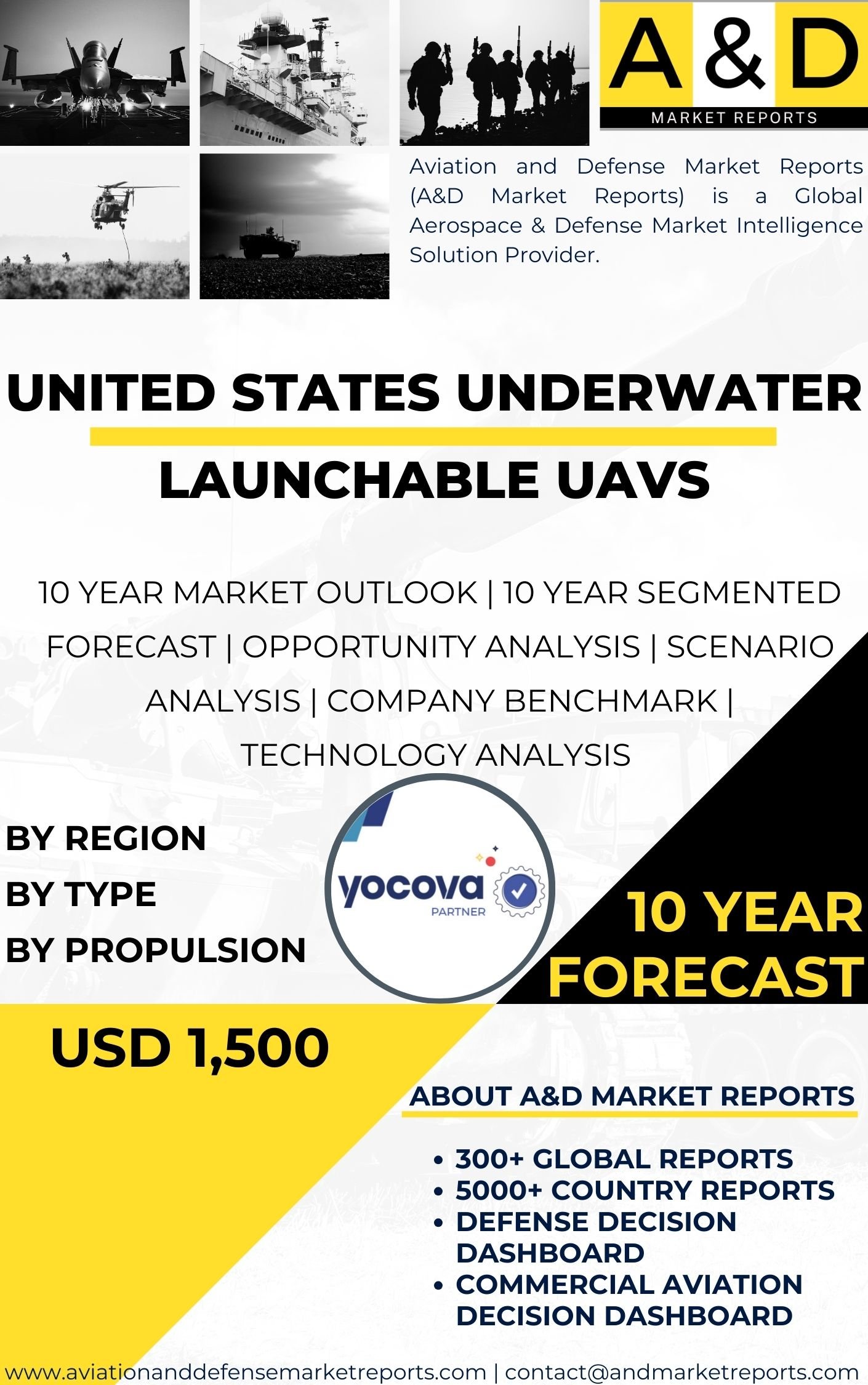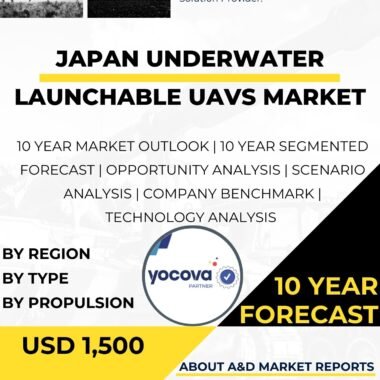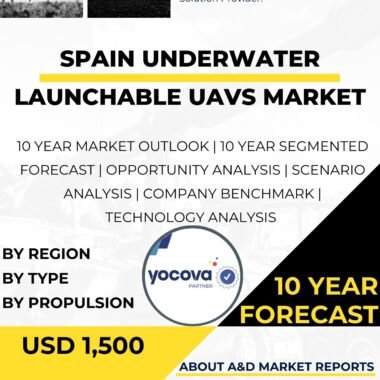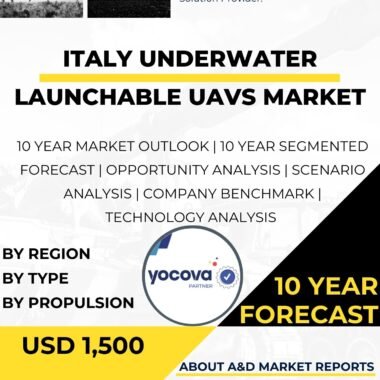Description
The United States Global Underwater Launchable Unmanned Aerial Vehicles (UAVs) market represents a groundbreaking and strategic sector within the realm of defense and maritime technologies. These cutting-edge underwater launchable UAVs, commonly known as UUVs (Unmanned Underwater Vehicles), constitute a crucial component of modern naval operations, playing a multifaceted role in surveillance, reconnaissance, scientific exploration, and defense. The United States, a global leader in defense capabilities and innovation, occupies a prominent position in the development, production, and deployment of underwater launchable UAVs, extending its influence far beyond its own borders.
Underwater launchable UAVs are autonomous, remotely operated vehicles designed to operate beneath the sea’s surface. These versatile underwater drones are equipped with an array of sophisticated sensors, communication systems, and advanced technologies that enable them to perform a wide range of missions in the challenging underwater environment. These missions include but are not limited to intelligence gathering, underwater surveillance, reconnaissance, oceanographic research, and defense operations.
A key driving factor behind the United States’ prominence in the global underwater launchable UAVs market is its robust investment in research and development. Fueled by a substantial defense budget, the United States continuously pioneers advancements in maritime technology, resulting in the creation of highly capable and technologically advanced underwater UAVs. These vehicles are strategically designed to be launched from submarines, naval vessels, or specialized underwater stations, granting naval forces an unprecedented tactical advantage and expanded capabilities in both peacetime and conflict scenarios.
Moreover, the United States actively engages in international cooperation and collaboration with its allies and partners, strengthening collective maritime security efforts. This collaboration extends the global reach and influence of American-made underwater UAVs, as allied nations recognize their significance in strengthening maritime security, enforcing maritime laws, monitoring critical sea routes, and responding to emerging threats. Such multinational cooperation solidifies the United States’ pivotal role in addressing global maritime challenges.
The increasing demand for underwater launchable UAVs on a global scale reflects the evolving security landscape and the heightened importance of maritime domains. Nations worldwide are increasingly recognizing the need to bolster their maritime surveillance capabilities, secure their coastal waters, protect critical maritime assets, and safeguard against emerging threats, making underwater UAVs indispensable tools for maritime security.
One of the primary roles of underwater launchable UAVs is underwater surveillance and reconnaissance. Equipped with advanced sonar systems, cameras, and sensor arrays, these autonomous vehicles can effectively detect, track, and record underwater activities, making them invaluable for monitoring shipping traffic, identifying potential threats, and conducting underwater search and rescue operations. Their ability to operate covertly in littoral environments provides a significant advantage in maintaining maritime situational awareness.
Furthermore, underwater UAVs contribute significantly to scientific research and exploration of the Earth’s oceans. These versatile vehicles are essential in oceanographic studies, where they collect data on parameters such as ocean temperature, salinity, and marine life. Researchers deploy underwater UAVs to explore the depths of the ocean, conduct environmental assessments, and study underwater ecosystems. This dual-use capability underscores the broader significance of underwater UAVs, not only in defense and security but also in advancing our understanding of the intricate marine environment.
As the United States Global Underwater Launchable UAVs Market continues to evolve, technological advancements remain a driving force. Ongoing research and development efforts focus on enhancing vehicle endurance, autonomy, data processing capabilities, and overall performance. The integration of cutting-edge technologies, including artificial intelligence, advanced materials, and innovative propulsion systems, further enhances the capabilities of these underwater drones, solidifying their critical role in safeguarding maritime interests, advancing scientific knowledge, and meeting the evolving demands of the modern world’s maritime challenges.




